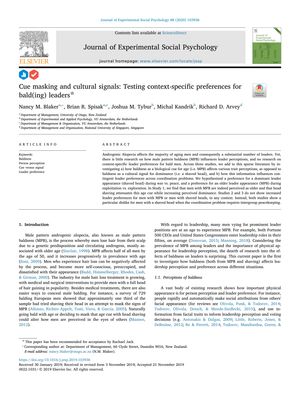TLDR Baldness and shaved heads change how traits are seen but don't really affect leader preferences.
The study explored the impact of male pattern baldness (MPB) and shaved heads on leadership perceptions in various contexts. Study 1, with 634 participants, found that men with MPB were seen as older, and shaving the head increased perceived dominance but did not affect perceived age or intelligence. Full hair was linked to higher attractiveness and health. Studies 2 and 3, with 400 and 423 participants respectively, showed that full heads of hair were preferred in peace and exploration contexts, but there was no significant preference for bald leaders in any context. Shaved heads were specifically disliked in peacekeeping scenarios. The research concluded that while baldness and shaved heads influence trait perceptions, they do not significantly affect leader preferences, challenging the idea that baldness confers a leadership advantage in context-specific situations.
 12 citations
,
July 2012 in “Social Psychological and Personality Science”
12 citations
,
July 2012 in “Social Psychological and Personality Science” Men with shaved heads are seen as more dominant but older and less attractive.
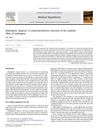 11 citations
,
May 2009 in “Medical Hypotheses”
11 citations
,
May 2009 in “Medical Hypotheses” Male pattern baldness is an unintended side effect of the body's use of androgens for muscle growth, especially in those genetically prone to it.
 26 citations
,
December 2002 in “International Journal of Dermatology”
26 citations
,
December 2002 in “International Journal of Dermatology” Balding men seen as older, less attractive, and less confident.
 179 citations
,
September 1998 in “BMJ”
179 citations
,
September 1998 in “BMJ” Hair loss in men is common, treatable, but not curable.
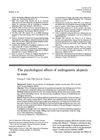 192 citations
,
June 1992 in “Journal of The American Academy of Dermatology”
192 citations
,
June 1992 in “Journal of The American Academy of Dermatology” Hair loss can cause low self-esteem, anxiety, and depression in men.
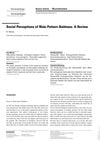 19 citations
,
January 2001 in “Dermatology + psychosomatics”
19 citations
,
January 2001 in “Dermatology + psychosomatics” The review concluded that male pattern baldness is mostly seen negatively, affecting attractiveness and social appeal.
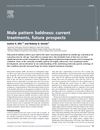 40 citations
,
July 2008 in “Drug Discovery Today”
40 citations
,
July 2008 in “Drug Discovery Today” Current treatments for male pattern baldness include minoxidil and finasteride, with new options being developed.
 8 citations
,
January 2015 in “Scars, burns & healing”
8 citations
,
January 2015 in “Scars, burns & healing” Hair transplantation effectively treats burn scar alopecia, improving self-esteem and confidence.
 57 citations
,
November 2017 in “Nature Communications”
57 citations
,
November 2017 in “Nature Communications” Researchers found 71 genetic regions linked to male pattern baldness, which account for 38% of its genetic risk.
 September 2012 in “Hair transplant forum international”
September 2012 in “Hair transplant forum international” The document concludes with the creation of a Hair Transplant Foundation after reviewing the early hair transplant techniques and discussions from a forum.
